Chinese vegetables are those commonly used in Chinese cuisine, including both native and non-native varieties. These veggies are known for their variety, including leafy greens, root vegetables, and legumes.
They range in taste from mild and slightly sweet to earthy and robust, often enhancing dishes with their distinctive flavors. Textures vary too, from crisp, tender, firm, and starchy, to smooth.
Chinese cuisine makes great use of these versatile vegetables. They are used in stir-fries, soups, dumplings, and salads, often combined with meats, seafood, and tofu.
Common cooking methods for these Chinese veggies are steamed, boiled, stir-fried, or braised, each highlighting the vegetables’ different qualities.
In this read, you can explore a variety of Chinese vegetables and their unique flavors. Stick around till the end to see how these veggies can be paired with rice, noodles, meat, seafood, and more for mouth-watering meals.
Let’s get started!
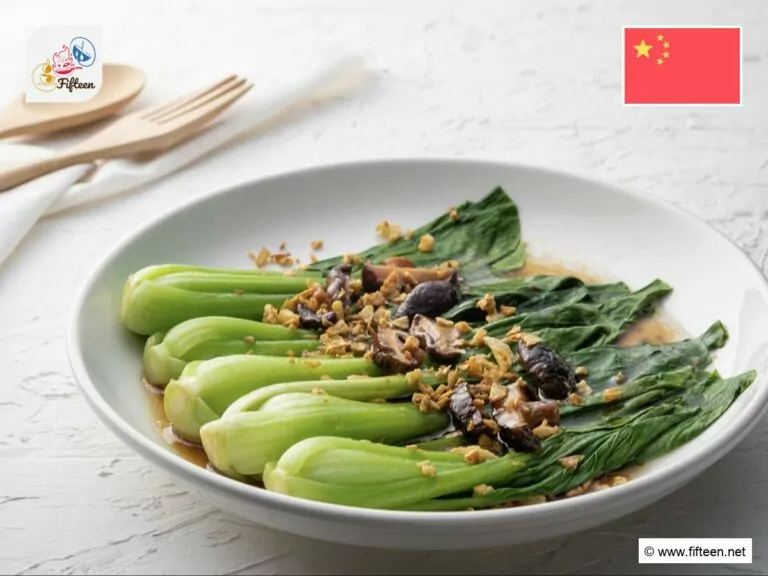
34 Popular Chinese Vegetables of All Kinds
Below are 34 of the most common Chinese vegetables, each serving various cooking purposes in the cuisine. Use the filter function to quickly find your favorite options!
Bok Choy
- For Dishes
- Native
Bok choy, also known as pak choi or pok choy, is a leafy green native to China that boasts crisp white stalks and dark green, tender leaves. Its mildly peppery taste is accented with a slight sweetness.
Its texture mixes crunchy stalks and soft leaves, which cook quickly and soak up flavors efficiently. In Chinese cooking, bok choy often finds its way into stir-fries, harmonizing wonderfully with garlic, ginger, and soy sauce.
It’s also a common addition to soups, providing a fresh, slightly bitter contrast to richer broths.
Napa Cabbage
- For Dishes
- Native
Napa cabbage, also referred to as Chinese cabbage or hakusai, is indispensable in East Asian cuisine. Originating from China, this vegetable features light green leaves with prominent white veins, forming a characteristic oblong head.
Its mild, slightly sweet flavor and tender texture make napa cabbage adaptable to various cooking techniques. It’s frequently included in stir-fries, hot pots, and soups.
Often, napa cabbage leaves are used as wraps for steamed or boiled meats, offering a fresh crunch and subtle sweetness to the dish.
Chinese Broccoli
- For Dishes
- Native
Chinese broccoli, also known as gai lan or kai lan, is a leafy green native to China. This vegetable features thick, glossy blue-green leaves and sturdy stems, occasionally dotted with small white flowers.
Its flavor resembles broccoli but carries a slightly more bitter undertone. Chinese broccoli is quite versatile; it’s often stir-fried with garlic and ginger. Another popular method is steaming or boiling the stalks and serving them with a savory oyster sauce.
Snow Pea
- For Dishes
- Non Native
Snow peas are known for their flat, crisp pods that encase small, tender peas. Typically bright green, they offer a sweet, delicate flavor and crisp texture.
Snow peas are frequently tossed into stir-fries, where their mild sweetness and crunch complement meats and other vegetables perfectly. They also make a great addition to soups and salads, bringing a fresh crunch.
Daikon Radish
- For Dishes
- For Garnishes
- Native
Daikon radish, also known as white radish, or Chinese radish, is a root vegetable from East Asia. It has a long, white, carrot-like shape and a crisp texture. The flavor is mildly sweet, less peppery than regular red radishes, making it popular in many Asian dishes.
Often used in soups, stews, and stir-fries, daikon shines in dishes like Chinese braised daikon radish, where it’s simmered with soy sauce, ginger, and sometimes meat for a tender, flavorful result.
It can also be pickled, providing a crunchy, tangy side dish that pairs well with rich meals. Raw daikon, with its refreshing crunch, is frequently used in salads and as a garnish.
Bitter Melon
- For Beverages
- For Dishes
- Native
Bitter melon is a unique vegetable from tropical and subtropical regions, including China. It has a warty, oblong shape and is typically green, though lighter shades exist. True to its name, bitter melon has an intensely bitter flavor, which can be an acquired taste.
Commonly found in stir-fries, soups, and herbal teas, bitter melon is also stir-fried with savory black bean sauce. Additionally, it’s used in traditional Chinese medicine for its potential to aid digestion and regulate blood sugar levels.
Choy Sum
- For Dishes
- Native
Choy sum, or Chinese flowering cabbage, is a leafy green from China that is part of the mustard family. It’s known for its tender green leaves and small yellow flowers at the center.
Choy sum offers a mild, sweet flavor with a tender yet crunchy texture reminiscent of mild spinach but without bitterness. Commonly, choy sum is stir-fried with garlic and soy sauce, resulting in a savory, aromatic dish that complements various main courses.
Blanching is another popular method—briefly boiling the vegetable to preserve its vibrant color and tender texture, then serving it with a drizzle of garlic or oyster sauce.
Water Spinach
- For Dishes
- Native
Water spinach, morning glory or kangkong, features long, hollow stems and narrow, pointed leaves, typically bright green. Water spinach is a common ingredient in Chinese cooking, and it has a mild, slightly earthy flavor and a tender, juicy texture.
Often, it’s stir-fried with garlic, chilies, and fermented bean paste, creating a flavorful and slightly spicy dish that pairs well with steamed rice. It also shines in soups, adding a fresh, green element to broths and stews.
In hotpot dishes, water spinach’s tender leaves and crunchy stems absorb the savory flavors of the broth beautifully.
Mustard Green
- For Dishes
- Native
Mustard green, also called gai choy in Cantonese or jiè cài in Mandarin, is a robust leafy vegetable native to Asia. Its broad, crinkly leaves and thick stems sometimes have a slightly prickly texture.
Known for their distinctive, peppery, and slightly bitter taste, mustard greens are mellow when cooked. They’re often stir-fried with garlic and ginger, creating a flavorful and slightly spicy dish.
In traditional Cantonese mustard green soup, they are simmered with pork bones and ginger, resulting in a nourishing broth.
Chinese Eggplant
- For Dishes
- Native
Chinese eggplant, or Asian eggplant or aubergine, is a slender, elongated vegetable native to Southeast Asia. Typically light purple with smooth, thin skin, it boasts a delicate, mildly sweet flavor. Its tender flesh and fewer seeds make it ideal for diverse culinary applications.
This vegetable shines in many dishes. Szechuan-style stir-fried eggplant, cooked with garlic, ginger, soy sauce, and chili paste, results in a savory, spicy dish with a silky texture. Braising slices in a flavorful broth allows them to absorb rich, savory flavors.
Roasting or grilling enhances its natural sweetness, making it a delightful addition to salads and noodle dishes.
Mushroom
- For Dishes
- Native
Mushrooms are important in Chinese cuisine and culture. They are valued for their unique flavors, textures, and health benefits. Common types include shiitake, enoki, wood ear, and straw mushrooms, each adding distinct tastes and textures to dishes.
In Chinese cooking, mushrooms are versatile and used in soups, stir-fries, and hot pots. Their subtle earthiness enhances other foods, making them essential in many recipes.
Pea Shoot
- For Dishes
- Native
Pea shoots, or dou miao, are the young leaves and tendrils of the pea plant, native to China. Bright green and tender, they have a delicate, sweet flavor reminiscent of fresh peas. Their texture is crisp yet tender, making them a favorite ingredient.
Often stir-fried with garlic, pea shoots’ natural sweetness, and crisp texture are showcased beautifully. They can also be briefly blanched and tossed with a light sauce of soy sauce, sesame oil, and a pinch of sugar.
In soups, their delicate flavor complements savory broths, and they add a fresh, vibrant touch to salads.
Chinese Celery
- For Dishes
- Native
Chinese celery, known as qin cai in Mandarin, is a flavorful, aromatic vegetable from East Asia. It features thin, hollow stalks and a more intense flavor than Western celery. The leaves add a robust celery flavor to dishes.
In stir-fries, Chinese celery pairs well with pork and beef, its strong flavor holding up to richer ingredients. Cooked with garlic and ginger, it adds aromatic depth. In soups, it provides a fresh, slightly peppery flavor, typically added towards the end to keep its crispness.
Taro
- For Dishes
- Native
Taro, known as Yutou in China, is a starchy root vegetable native to Southeast Asia. Its brown, hairy exterior hides a creamy-white interior flecked with purple. When cooked, Taro offers a mildly sweet, nutty flavor and a smooth, starchy texture.
It’s often steamed, boiled, or stir-fried. Its rich texture complements the savory pork in savory dishes like steamed pork belly with taro. Taro also stars in soups and hotpots, adding heartiness.
In dim sum, taro appears in dumplings and cakes, mashed and mixed with other ingredients. For desserts, taro paste is used in sweet taro pudding and adds a unique flavor twist to bubble tea.
Malabar Spinach
- For Dishes
- Native
Malabar spinach, also known as basella or poi cai, is a leafy green native to tropical Asia. It has thick, fleshy, heart-shaped leaves and a slightly mucilaginous texture. The leaves are dark green and glossy, while the stems can be green or reddish.
Valued for its mild, slightly peppery flavor, Malabar spinach is a favorite in stir-fries, soups, and stews. Stir-fried with garlic and chilies, it makes a simple yet flavorful dish. It’s also a popular hotpot and soup addition, cooking quickly and soaking up the soup’s flavors.
Fuzzy Gourd
- For Dishes
- Native
Fuzzy gourd, also called fuzzy melon, hairy gourd, or mo qua, is a well-loved Chinese vegetable. When young, it’s covered in a fine, fuzzy texture similar to a kiwi, which smooths out as it matures into a winter melon.
It has a mild, slightly sweet flavor and a soft interior that soaks up other flavors well. Fuzzy gourd is a staple in soups, stir-fries, and stews. It’s also enjoyed in simple dishes like stir-fried fuzzy gourd with garlic and ginger or soups with pork ribs for a nourishing broth.
Garlic Chive
- For Dishes
- For Garnishes
- Native
Garlic chive, also known as Chinese chive or jiu cai, is a hardy vegetable from China. It features long, flat, dark green leaves with a robust garlic flavor. Unlike regular chives, garlic chives have a more pronounced taste and are used for both their leaves and their white, edible flowers.
These chives are a staple in many dishes. They’re often combined with eggs for a popular dish called garlic chives and egg stir-fry. Garlic chives are also key in dumpling fillings that pair well with pork or shrimp. Additionally, they add depth and richness to broths and soups.
Chinese Okra
- For Dishes
- Native
Chinese okra, also known as angled luffa or silk squash, has a long, ridged, dark green exterior and a mild, slightly sweet flavor that mixes zucchini and cucumber. When raw, its texture is firm and crisp, but it becomes tender when cooked.
A popular dish is stir-fried Chinese okra with garlic and chili, where it’s sautéed with garlic, chilies, and soy sauce for a savory, slightly spicy flavor. It can also be blanched and served as a cold appetizer with a tangy dressing of soy sauce, vinegar, and sesame oil.
When making soups, Chinese okra is prized for its ability to absorb flavors while staying intact.
Crowndaisy Chrysanthemum
- For Dishes
- Native
Crowndaisy chrysanthemum, also known as tong ho, is a leafy green native to East Asia. Recognized by its serrated leaves, it has an aromatic, slightly bitter flavor. The texture is tender yet slightly crunchy, making it a favorite ingredient.
Often found in hot pots, stir-fries, and soups, crowndaisy chrysanthemum pairs well with rich broths and sauces. A common preparation is stir-frying it with garlic, which preserves its flavor and texture.
In hot pots, the leaves are briefly cooked in the simmering broth, adding a fresh, herbal note to the meal.
Sweet Potato Leave
- For Dishes
- Native
Sweet potato leaves, known as fan shu ye in Chinese, are the tender shoots and leaves of the sweet potato plant, native to tropical regions of Central and South America. These heart-shaped leaves have a soft texture and a slightly earthy, mildly sweet flavor.
Sweet potato leaves are often stir-fried or added to soups in Chinese cooking. A favorite method is stir-frying them with garlic and ginger, which highlights their natural sweetness. They can also be blanched and tossed into soups. Sometimes, they are used in salads.
Chinese Spinach
- For Dishes
- Native
Chinese spinach, also known as amaranth or yin choi, is a leafy green from China featuring vibrant green leaves, sometimes tinged with red. The leaves are tender and slightly sweet, while the stems are crisp with a mild earthy flavor.
This vegetable is popular in stir-fries, soups, and salads. A traditional favorite is Chinese spinach with three eggs, which is cooked with century egg, salted egg, and chicken egg, creating a rich, savory dish.
Mibuna
- For Dishes
- Non Native
Mibuna, also called Japanese mustard spinach, is a leafy green native to Japan but also enjoyed in Chinese cuisine. It has long, narrow, dark green leaves with a slightly spicy, mustard-like flavor and tender texture.
Stir-frying it with garlic and ginger makes a simple yet flavorful side dish. It’s also great in soups, where its tender leaves and slightly spicy flavor complement rich broths. Additionally, Mibuna can be enjoyed raw in salads, providing a distinctive flavor and crisp texture.
Mizuna
- For Dishes
- Non Native
Mizuna, also known as Japanese mustard greens or spider mustard, is a leafy green from East Asia, popular in Chinese cuisine. It features deeply serrated leaves and long, thin stems, giving it a delicate look. Mizuna has a mild, peppery flavor with a hint of mustard and a crisp texture.
This versatile green is great in salads, adding a fresh, peppery kick. It’s also delicious stir-fried with garlic and sesame oil for a simple, nutritious side dish. In soups, mizuna’s tender leaves and stems contribute a subtle, spicy flavor.
Edamame
- For Dishes
- Non Native
Edamame, or green soybeans, is a beloved vegetable in Chinese cuisine, native to East Asia. These young, green soybeans are harvested before they mature, encased in bright green, fuzzy pods. Edamame boasts a sweet, nutty flavor and a firm, slightly crunchy texture.
Often served as an appetizer or snack, edamame pods are boiled or steamed and lightly salted, making a healthy, flavorful treat. Edamame also shines in stir-fries, salads, and soups, where its sweet flavor and firm texture pair well with various dishes.
Yard-long Bean
- For Dishes
- Native
Yard-long bean, also called Chinese long bean, snake bean, or asparagus bean, is a common legume from Southeast Asia. These slender, green pods have a crisp, slightly chewy texture and a mild, earthy flavor that sweetens when cooked.
In Chinese dishes, yard-long beans are often stir-fried, added to soups, or tossed into salads. A classic is stir-fried beans with garlic and soy sauce, quickly cooked at high heat to keep their crunch. They’re also great in stews and braised dishes, soaking up the flavors of meat or tofu.
Winter Melon
- For Dishes
- Native
Winter melon, known as dong gua or white gourd, is a large, cylindrical vegetable from Southeast Asia, widely used in Chinese cooking. It has a hard, green skin with a white, waxy coating, and its flesh is white, tender, and mildly sweet when cooked.
Winter melon is often simmered in soups and stews with meat, seafood, or herbs, creating nourishing broths. A favorite is winter melon soup, which is clear and light, often featuring pork or chicken.
It can also be stuffed with minced meat and steamed or stir-fried with garlic and ginger. Besides savory dishes, winter melon appears in sweet treats like winter melon tea or candy.
Fennel
- For Beverages
- For Dishes
- For Garnishes
- Non Native
Fennel, or xiao hui xiang in Chinese, is a flavorful vegetable originally from the Mediterranean but popular in Chinese cuisine. It features a bulbous base, feathery fronds, and yellow flowers. The bulb is white or pale green, and the stalks are topped with dill-like leaves.
Fennel has a crisp texture and a sweet, licorice-like flavor. In Chinese dishes, fennel is often stir-fried, added to soups, or used in herbal teas. Thinly sliced bulbs are stir-fried with other vegetables or meat, adding sweetness and aroma.
Fennel seeds are a key ingredient in Chinese five-spice powder, giving dishes a warm, sweet note. The fronds make a great garnish or addition to salads, adding a fresh, herbaceous touch.
Bamboo Shoot
- For Dishes
- Native
Bamboo shoot, known as zhu sun or zhu zi in Chinese, is a tender young shoot of the bamboo plant, native to Asia and a staple in Chinese cuisine. These shoots are cylindrical with a crisp texture and a mild, slightly sweet flavor. They can be found fresh, dried, or canned.
Fresh shoots are often stir-fried with vegetables and meat, adding crunch and subtle sweetness. In soups and stews, they absorb broth flavors while staying crisp. Braised bamboo shoots are a popular delicacy, cooked with soy sauce and seasonings until tender and flavorful.
Tindora
- For Dishes
- Native
Tindora, also called ivy gourd or giloda, is a tropical fruit native to South Asia, including India and China, and is widely used in Chinese cooking. This small, green, oblong vegetable looks like a tiny cucumber. It has a crunchy texture and a slightly bitter taste that mellows when cooked.
In the country, tindora is often stir-fried with spices like garlic, cumin, and mustard seeds. It’s also used in soups and curries, adding a unique flavor and texture.
Soybean Sprout
- For Dishes
- Native
Soybean sprout, or dou ya, is a staple in Chinese cuisine, originating from East Asia. These sprouts are the young shoots of the soybean plant, typically white with a crisp, juicy texture and a mild, nutty flavor.
Soybean sprouts are frequently used in stir-fries, soups, and salads. They are often stir-fried with garlic and ginger for a simple yet flavorful dish or added to soups like hot and sour soup for a crunchy contrast. Blanched soybean sprouts also make a refreshing, crunchy addition to salads.
Peanut
- For Dishes
- Non Native
Peanut, also known as groundnut or huāshēng, is a legume native to South America but widely used in Chinese cuisine. These small, oval-shaped nuts come in a thin, papery shell and have a creamy, nutty flavor with a crunchy texture, whether raw or roasted.
Peanuts add a crunchy contrast to kung pao chicken and are a key ingredient in peanut sauce, which pairs well with noodles or as a dipping sauce. Peanuts also shine in desserts like peanut dumplings in ginger syrup, a traditional sweet treat for festive occasions.
Tomato
- For Dishes
- Non Native
Tomato, or xīhóngshì in Chinese, is a fruit vegetable native to western South America, now widely cultivated in China. Round, red, and juicy, tomatoes have a slightly sweet and tangy flavor with a smooth, fleshy texture and a juicy interior filled with seeds.
In Chinese dishes, tomatoes bring a rich flavor and vibrant color. A favorite is the tomato and egg Stir-Fry, balancing tomatoes’ sweetness with the eggs’ richness. Tomatoes also enhance soups and stews, providing a tangy base that elevates the dish’s overall flavor.
Chinese Yam
- For Dishes
- Native
Chinese yam, known as shan yao or huai shan, is a tuber native to China, widely used in cooking. This spindle-shaped root has a thick, hard skin and white flesh. It offers a slightly sweet taste and a unique mucilaginous texture.
Chinese yam can be enjoyed both raw and cooked. It’s often grated or thinly sliced for salads or side dishes. In soups like Chinese yam and chicken soup, it simmers with ingredients like chicken, goji berries, and red dates, creating a nourishing broth.
Stir-fried with vegetables and meats, it adds a mild sweetness and a slightly chewy texture to dishes.
Chinese Water Chestnut
- For Dishes
- For Garnishes
- Native
Chinese water chestnut, also called biqi or ma ti, is an aquatic vegetable from China. It has a distinctive round shape, brown skin, and crunchy white flesh. The flavor is mildly sweet and nutty, and it stays crisp even when cooked.
Water chestnuts add a refreshing crunch to stir-fries, dumplings, and desserts. They shine in stir-fried water chestnuts with snow peas and are a key ingredient in spring roll and dumpling fillings.
Popular in sweet treats like water chestnut cake, a dim sum favorite, they can also be sliced for salads or used as a garnish for extra texture.
What Food Varieties Best Complement Chinese Vegetables??
When cooking with Chinese vegetables, several foods complement them well, enhancing both flavor and texture. Here are some of the best food options to pair with vegetables, and examples for each combination:
Rice and noodles are central to Chinese cuisine, often paired with vegetables like bok choy, Chinese broccoli, and snow peas. They come in various forms, such as steamed jasmine rice, sticky rice, and egg noodles.
Chicken, pork, and beef are common kinds of meat often paired with Chinese vegetables, adding richness and balance to the dishes.
Shrimp, fish, and scallops are popular seafood choices that enhance the light, fresh flavors of Chinese vegetable dishes.
Tofu absorbs the flavors of vegetables and sauces, making it ideal for stir-fries and soups. Firm tofu suits robust vegetables, while silken tofu goes well with lighter greens.
Soy sauce, oyster sauce, hoisin sauce, and sesame oil are essential for flavoring, along with garlic, ginger, scallions, and chili peppers.
Fruits from China, like pineapple, lychee, and orange, are occasionally used in savory dishes to add sweetness and balanced flavors.
Above, I’ve mentioned some of the most popular dishes that feature vegetables paired with other ingredients. There are many more delicious dishes from China to discover.
Ready to spice up your meals with Chinese vegetables? Which one are you excited to try first? Share your thoughts in the comments and explore other unique fruits and veggies on our site!


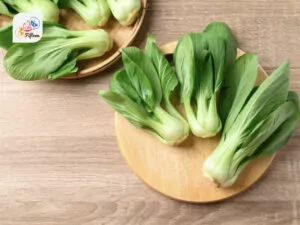
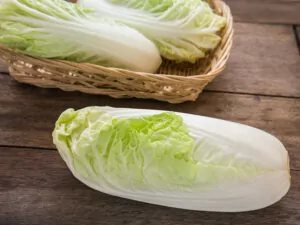
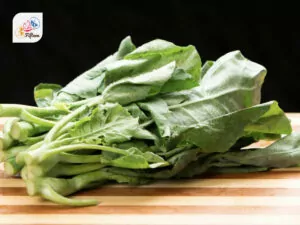
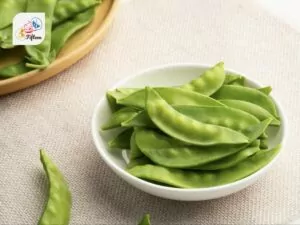
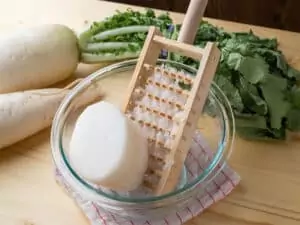
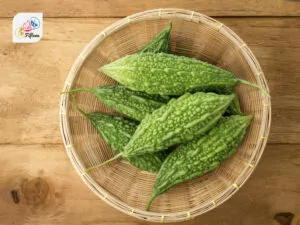
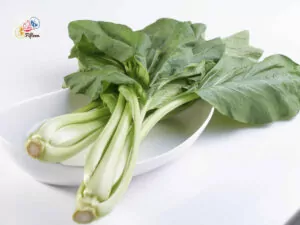
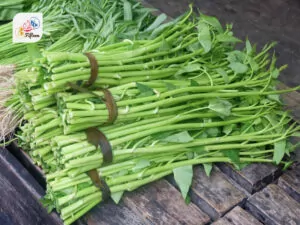
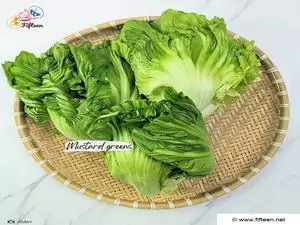
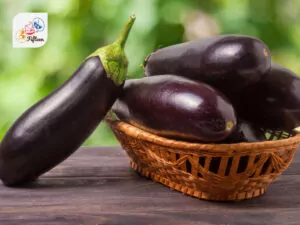
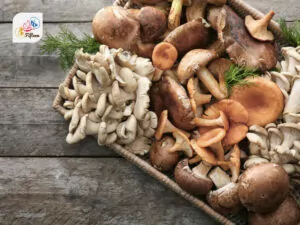
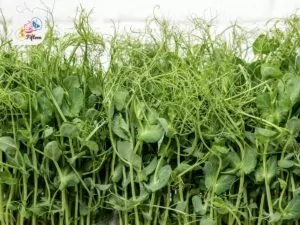
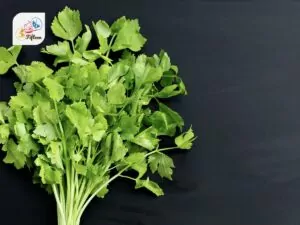

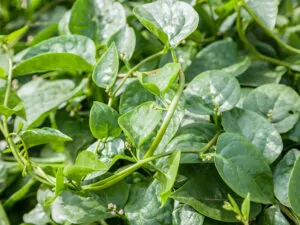
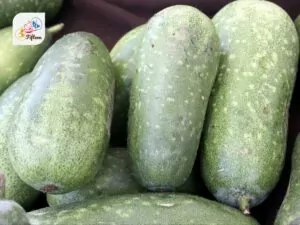
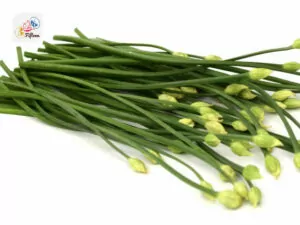
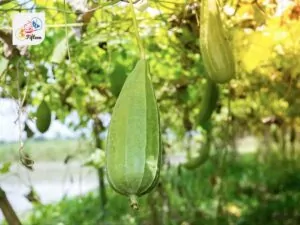
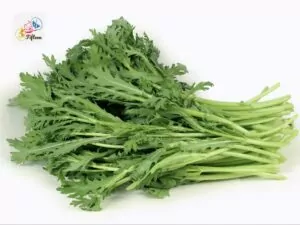

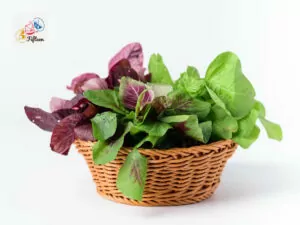
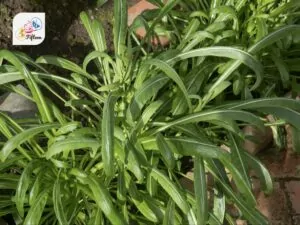
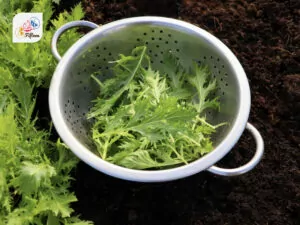
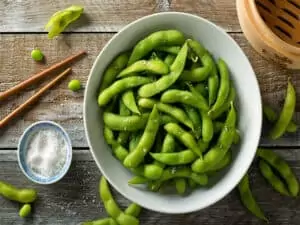
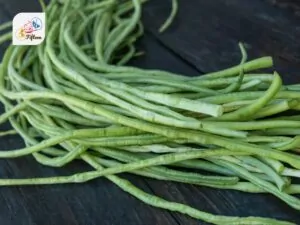
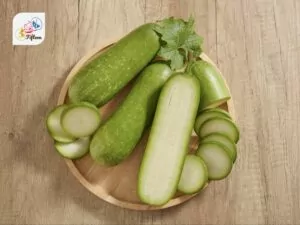
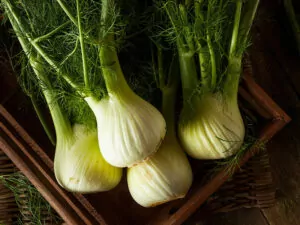
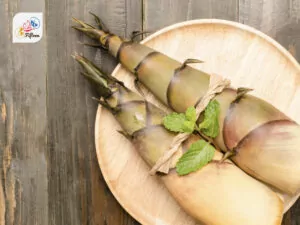
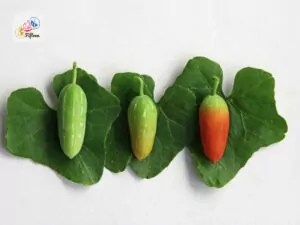
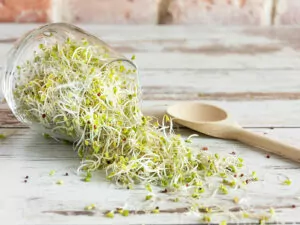

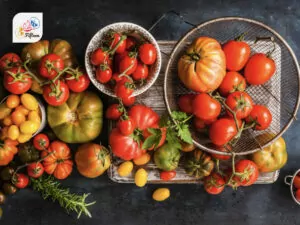

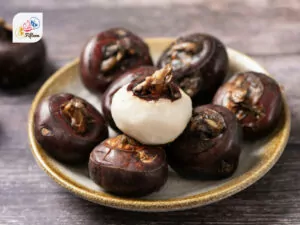
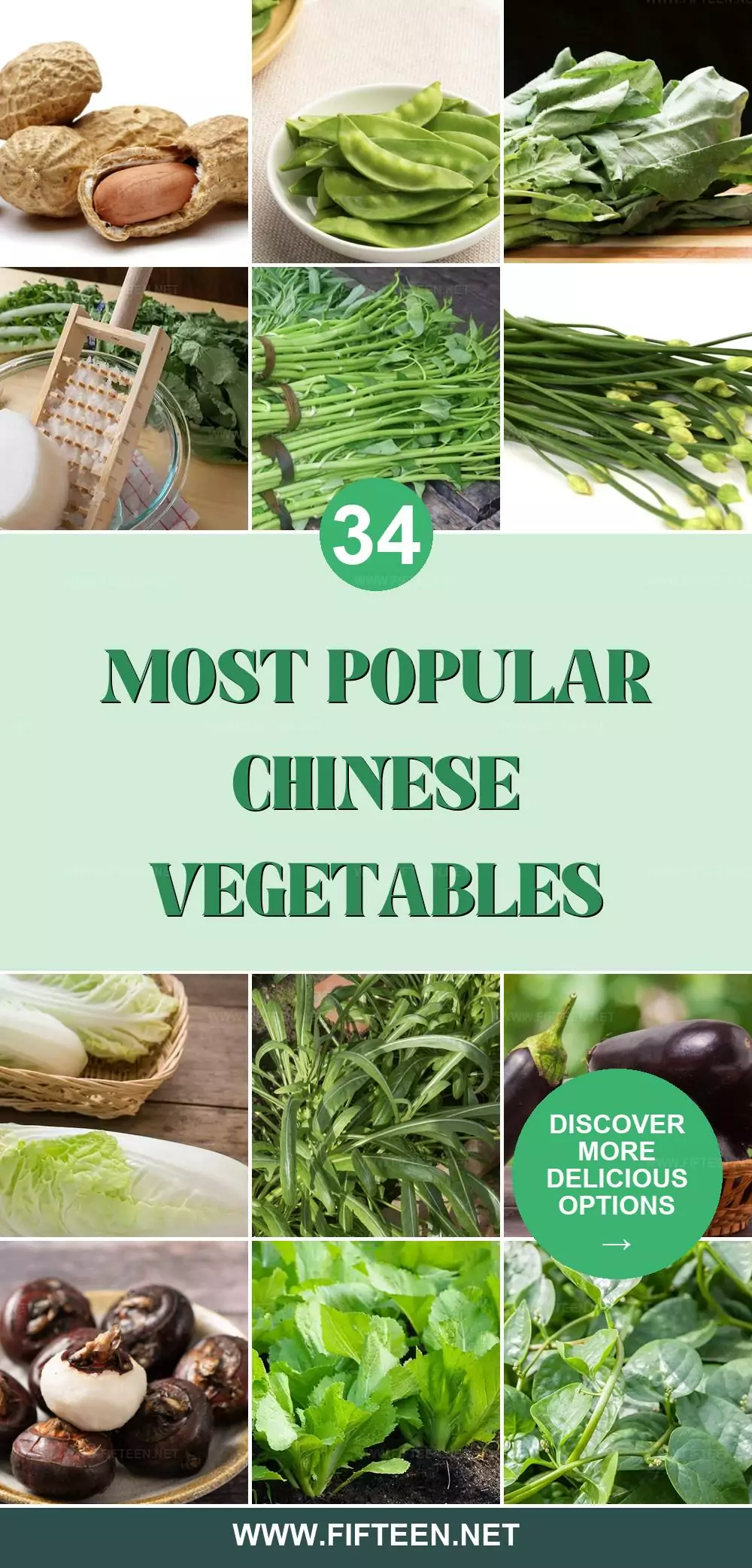
Jamie Scott
Editor in Chief, Senior Content Writer
Expertise
Home Cooking, Meal Planning, Recipe Development, Baking and Pastry, Food Editor, Cooking-video Maker, Western Food Evaluation Expert
Education
Le Cordon Bleu College of Culinary Arts
Local Community College, New York, NY
Jamie Scott is a skilled culinary expert and content creator specializing in Western cuisine. With over 15 years in the culinary field and formal training from Le Cordon Bleu, Paris, Jamie deeply understands how to blend nutrition with delicious flavors. His passion for cooking matches his commitment to making healthy eating accessible and enjoyable.
On Fifteen.net, Jamie brings a fresh perspective to classic dishes and beverages, offering readers insightful recipes, cooking tips, and a fresh view on meal planning that emphasizes taste, health, and simplicity.